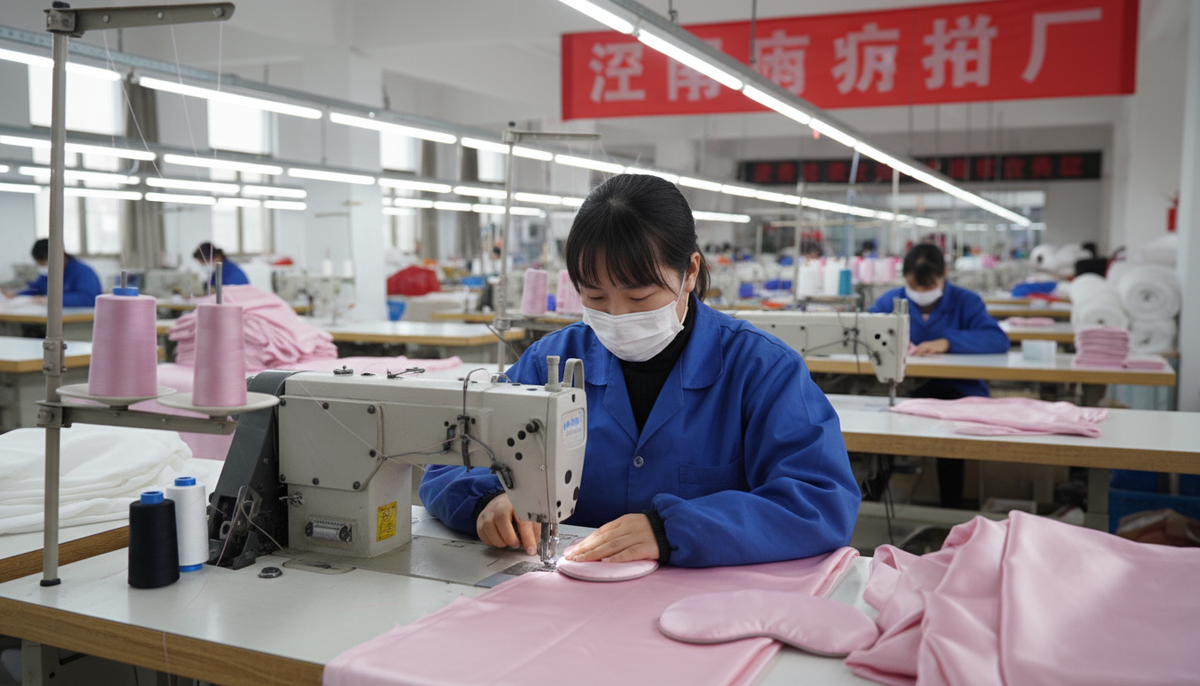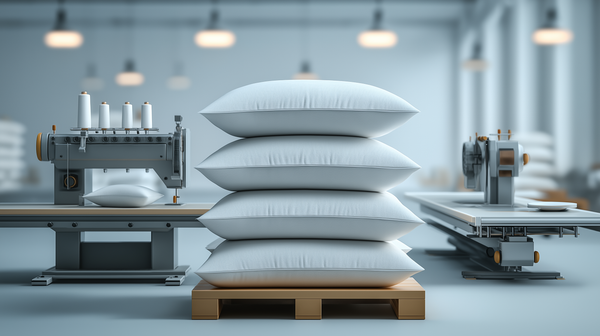Jet Lag, Silk and the Rhythm of China

Landed Friday the 24th, tired but curious. China always does that to me. The second you step off the plane, it’s not just a change in geography. It’s a full-body immersion into a parallel rhythm of life. Mornings begin with hot soya milk and the scent of street baozi, and days stretch wide with possibility.
Jet lag has been persistent. It’s the kind of invisible opponent that creeps in when you’re smiling through a meeting but your body’s screaming that it’s 2am. Mornings are the worst. At breakfast, I sit there convincing myself that food is a good idea. My brain knows it’s ‘daytime’ but my body’s still stuck somewhere over the Arctic.
I eat anyway. Not because I’m hungry, but because routine matters. It’s a small reminder to my system that we’re here now. That we’ve landed, not just physically, but mentally.
Saturday’s visit to the silk factory was, frankly, mind-blowing. You walk in expecting a sort of quaint operation, maybe some spools, some steaming vats. What you get is a symphony of precision engineering. The machines were sleek, humming in rhythm, some of them delicate enough to pluck a thread thinner than a hair and align it flawlessly with hundreds of others.
What struck me most was this collision of worlds. Ancient craft meets cutting-edge technology. Silk, which once draped emperors, now glides through laser-measured rollers and automated looms. It’s like watching calligraphy being done by a robot monk.
I didn’t see the silk worms, but I saw the raw material. Matted, matte, a little unassuming. I followed its transformation all the way through to the final product. Watching that journey unfold was mesmerising. It reminded me how much goes unseen in the things we take for granted. You see a silk pillowcase on a boutique shelf and think “nice”. But behind that lies a thousand micro-decisions, each one tuned like a violin string.
Joe and Daniel, my hosts, were outstanding. Not just polite, gracious. The sort of hospitality that makes you want to raise your own game. They walked me through every stage with insight and pride. Zibo, I came to learn, isn’t just a silk factory. It’s the silk factory. They produce for some of the most exclusive brands on the planet. The sort of names that make stylists whisper.
My samples were ready. Beautifully done. We sat down to discuss our future project, and within minutes we were deep in conversation that could never happen over chat. There’s a kind of clarity that emerges in person. Not just about product, but about vision, ambition, shared values.
In that room, something clicked. It wasn’t just about silk anymore. It was about legacy. Craft. And how, when you surround yourself with excellence, it pushes you to elevate your own.
Monday marked my first visit to the pillow factory, a new supplier I recently switched to after my business outgrew the previous one. I’d met Allen, the factory lead, on my last trip in 2024. Since then, we’ve started working together on several orders, but this was my first real chance to walk the floor, see the operation up close, and get a feel for the factory I had chosen.
It was reassuring. Clean, organised, and clearly built for scale. Walking the floor, talking to the team, feeling the pulse of the operation, these moments reinforce everything. You’re reminded why it’s worth investing the time to visit. Why due diligence isn’t just about paperwork. This is why I do what I do.
Jet lag aside, the hotel has been a welcome retreat. I’m staying at the Shangri-La in Jinan, a name that always manages to live up to its promise. The place is full of old-world charm and understated elegance. Polished marble floors, quiet hallways, and that soft hush of service you only get when people know what they’re doing.
It’s the kind of hotel where time slows down a little. You sip your tea more thoughtfully. You find yourself watching the city through the window, rather than rushing to the next thing. It’s not luxury in the loud, gold-plated sense. It’s something else. A quiet confidence that wraps itself around you like a silk robe.
Yesterday’s factory visit with Allen, my main supplier, was equally insightful. There’s something about being surrounded by the raw stuff of your ideas that sparks sharper conversation. When you’re sitting in a showroom, materials at your fingertips, intention and design flow naturally. You don’t have to imagine what something might look or feel like. You’re holding it, stretching it, pairing it, questioning it, and then, just like that, decisions start to shape themselves.
We ended up blasting out the initial vision for 2026 in a single sitting. Not a final blueprint, of course. There’ll be refinement, tweaking, polish. But the core, the heart of it, was synced there and then. No screen-share, no delayed replies, no lag between thought and feedback. Just two humans creating something in real time.
Of course, no factory visit would be complete without the age-old ritual. The negotiation. I tried to push for a discount, as one does. But this is a new factory for Allen, and I could sense he was playing it straight. The prices were already razor-sharp, and frankly, it wouldn’t have been right to strong-arm the relationship this early on.
Still, I managed 1%. Not a lot on paper, but when you run the numbers over a year’s worth of orders, it quietly covers most of the trip. A small win, but a meaningful one. More importantly, the foundation is solid. Trust, clarity, aligned goals. That’s worth far more than a few pennies shaved off a unit price.
Because in the end, it’s not always about squeezing out the lowest price. Sometimes, you want your supplier to make good money too. When they win, they work harder for you. They prioritise your calls. They solve problems faster. They think about your business when you’re not in the room. Of course, you should always negotiate. It’s good practice and good business. But the real win is in building partnerships that thrive long after the invoices are paid.
One thing that’s struck me more than usual on this visit is just how little English is spoken, even in higher-end venues. You quickly realise that communication here relies more on gesture, rhythm, context. It’s not always about words. And yet, paradoxically, the technology integration across the board is utterly seamless.
Every payment, booking, confirmation, all done in a blink. QR codes rule everything. Scan, tap, done. It’s unbelievably efficient. No fumbling, no fuss. The tech just works, quietly woven into the fabric of everyday life like it’s always been there.
As I write this, I’m sitting in Jinan West Rail Station, waiting for my train to Shijiazhuang. I’d given myself an hour to get through ticket checks and security, expecting a familiar gauntlet of queues and delays. But no. Five minutes. That’s all it took. In and through with barely a pause.
All I had to do was scan my passport. No paper ticket, no barcode, no fumbling. The entire high-speed rail system is tied directly to ID. Smooth, integrated, efficient. It makes our Western systems look like they’re still running on Windows 95.
Tomorrow, in Shijiazhuang, I’ll be visiting another factory. This time for our new luxury candle range. From the online photos, it looks like a serious operation. Polished floors, clean lines, and a sense of order that hints at discipline and scale. Whether that holds true in person, I’ll soon find out. My instinct says it will.
Amy, my contact at the factory, has planned out an interesting day. A full tour, product discussions, and hopefully the start of another great working relationship. By evening, they’ll be dropping me straight at the airport, where I’ll catch a flight to the Canton Fair.
It’s all go. But this is the rhythm I choose. One where business isn’t just transactional. It’s relational. It’s built not just on spreadsheets and margins, but on trust, detail, and a shared vision of quality.
And if this trip has reminded me of anything, it’s that sometimes the most important thing you can do is show up.



